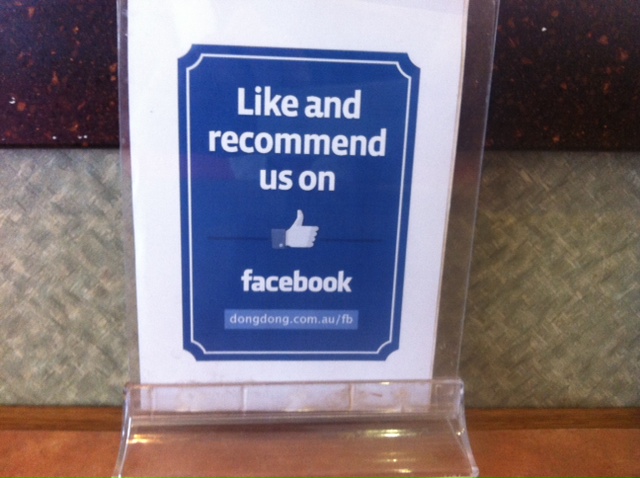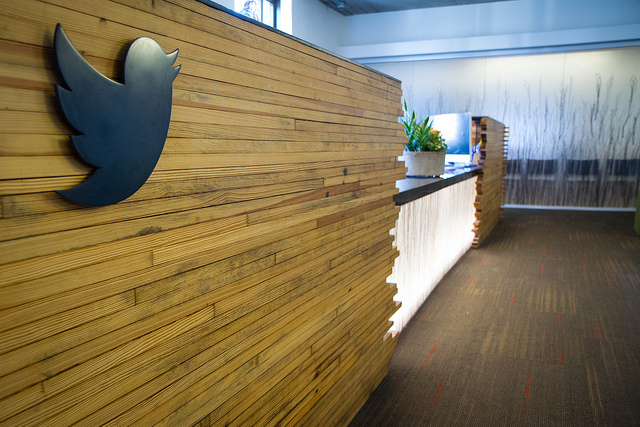This week showed the disparate
At the time of its IPO in February 2012, Facebook claimed to have 845 million active monthly users. Eighteen months later at the time of their stock market float, Twitter boasted a more modest 232 million.
This week Facebook reported 1.19 billion monthly active users while Twitter still languishes at 300 million, a number that disappointed the market and saw the smaller company’s shares drop 11% after their quarterly earnings announcement.
Even more worrying for Twitter, and competing networks like Google, is Facebook’s success in mobile services with 874 million people accessing the service through their smartphones every day last quarter.
So successful is Facebook in engaging roaming users that some pundits are predicting the company’s Instagram product may well overtake both Twitter and Google in mobile advertising revenues over the next few years.
More concerning for Twitter is the company is still not profitable – of the business’ $957 million gross profit, an astonishing $854 million was eaten up in administration and sales costs which indicates their overheads are in need of some dramatic pruning.
What is clear that Facebook and Twitter have very different user behaviour and, as a consequence, the revenue models are not the same. Twitter is never going to be Facebook.
So the question for Twitter is what does it want to be? Certainly the current quest to drive up revenues seems doomed. Perhaps it’s time to accept the company is a smaller operation and start to plan accordingly.
Similar posts:



